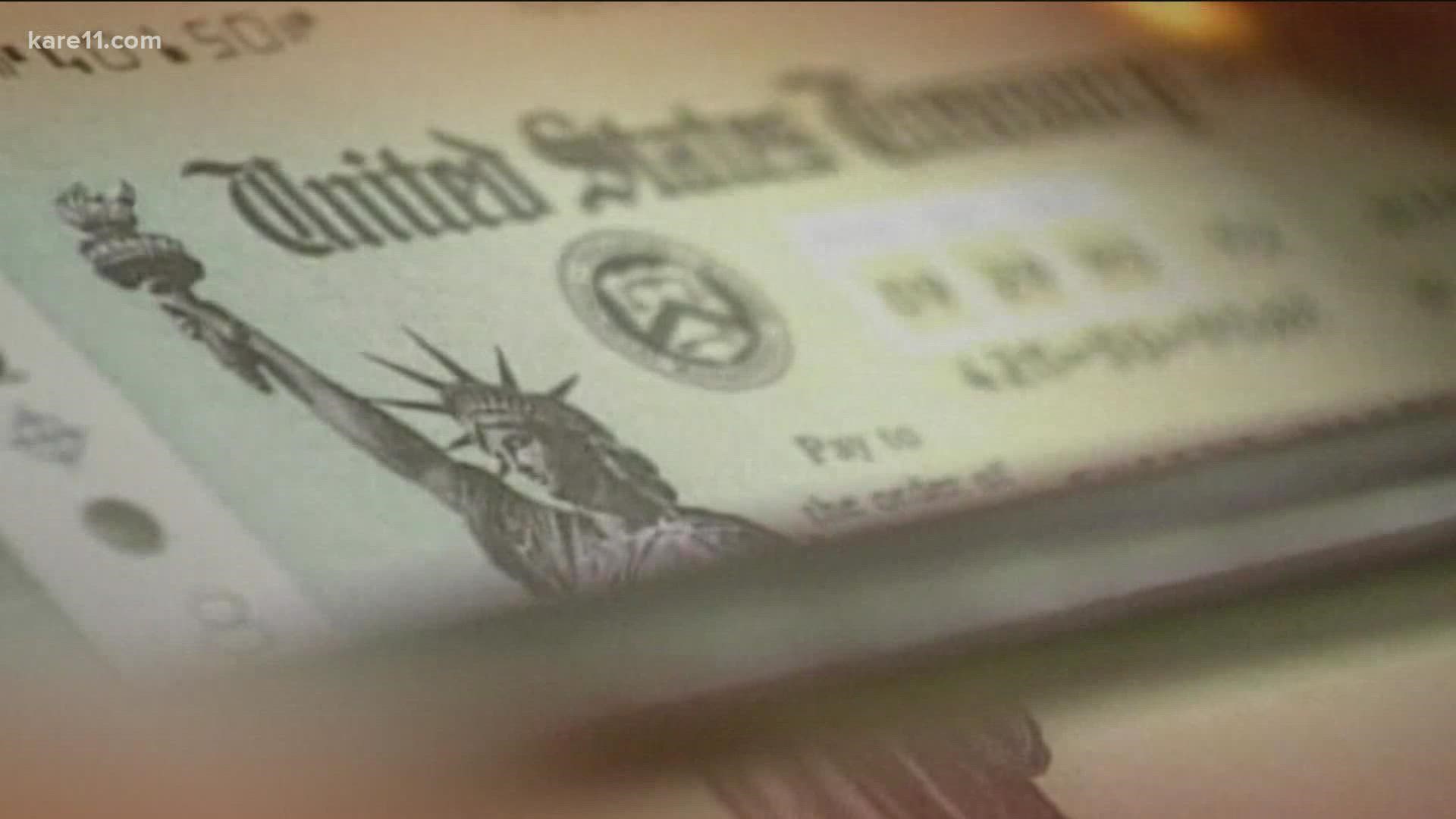MINNEAPOLIS — The latest round of Child Tax Credit payments hit the bank accounts of many Minnesota families on Friday, but experts say the $250-$300 monthly boost has also missed a lot of the families who need it the most.
University of Minnesota data scientist, Jose Pacas, says families, and their children, that have received the payments have clearly benefitted.
"What we know right now, from the best research available, is that between July and August, three million children were lifted out of poverty because of these Child Tax Credits," Pacas said.
According to a Census survey this summer, food insecurity alone dropped nearly 25% in households with children after automatic payments began. But that drop could have, and perhaps should have, been even greater.
Pacas says many of the lowest income families who didn't previously qualify for the tax credit, appear to be missing out on it this year because they didn't file for it. According to an August study by the Center on Budget and Policy Priorities that gap has resulted in four million or more children not receiving automatic payments.
Pacas: "If anything, I'd say the four million might be a little bit low. Estimates I've seen have ranged from six to seven million children that are falling through the cracks right now."
Erdahl: "So the question is, why aren't they receiving it?"
Pacas: "In general, low income families, they are very hard to reach. In particular, when it comes to the child tax credit, we're relying on families having filed a tax return or signing up online. The lowest income families are those less likely to be anywhere in these systems."
For the last few months, Bharti Wahi, Executive Director of the Children's Defense Fund of Minnesota, says they've tried to help close that gap.
"There definitely are families that probably are in the greatest need of this support that probably have not heard about it," Wahi said. "That's the work of many people to get the word out about that."
The Children's Defense Fund of Minnesota has an online tool that helps connect families to the benefits they qualify for, but she says they've also worked directly with tax preparers, childcare providers and even food shelves to try to reach more.
"We've worked with a lot of service provider types because they're working closest with families," Wahi said. "These are already families that are hard to reach anyway, so we just have to keep at it. I think the question is, not whether it works or not, I think it's just sort of, how do we become more creative in meeting the families where they're at. I think that's on us. That's the work that we need to do, and to do better."
With just a couple months before the expanded payments are set to expire, Pacas hopes those organizations aren't working alone.
"You would think that, with a program this big, that we would be making every effort – and I mean government would be making every effort – to be reaching out to all the families that we could possibly find," Pacas said. "To get them this Child Tax Credit."
The outreach effort is complicated by the fact that the future of the tax credit itself remains unknown. The monthly payments and expansion to all low income families, ends in December. What happens after that depends on budget negotiations in Washington.

